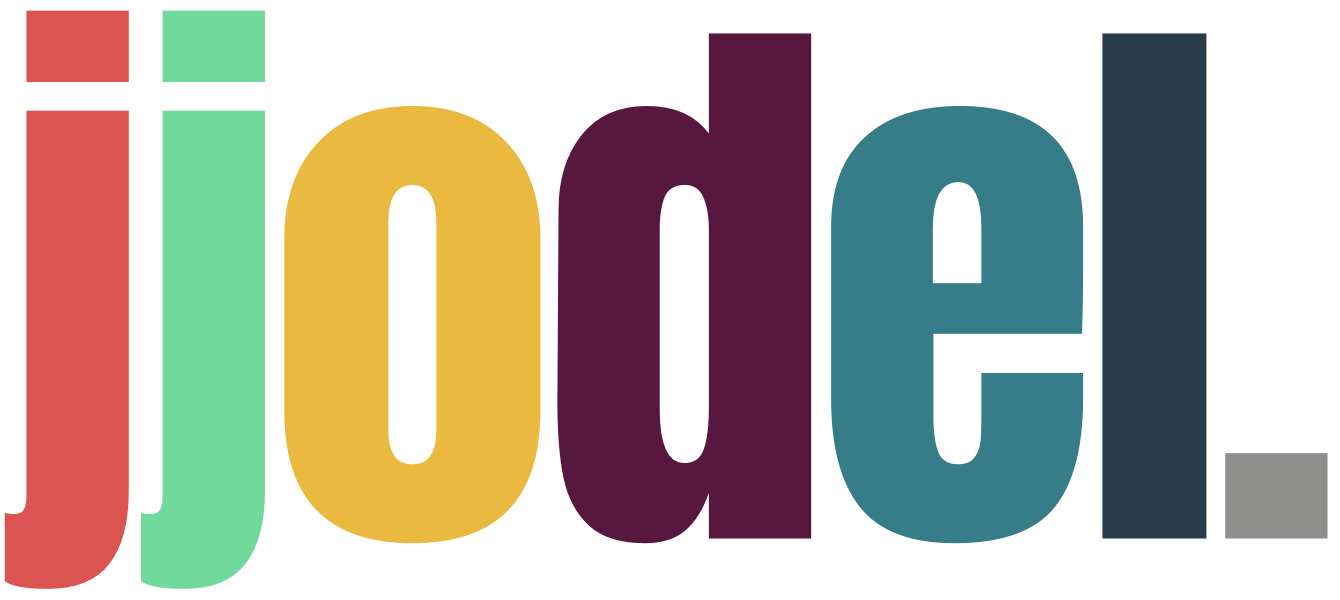The project,
Jjodel
Jjodel is a cloud-based platform designed to streamline and enhance Model-Driven Engineering (MDE). It leverages modern web technologies like TypeScript, React, and JSX to provide an intuitive, user-friendly interface for creating, managing, and collaborating on modeling notations, models, and workbenches.
Jjodel main objectives are:
- Accessibility: Eliminate the need for complex installations and configurations through a fully cloud-based solution.
- Ease of Use: Reduce cognitive load with an intuitive interface and familiar web technologies.
- Collaboration: Enable real-time collaborative modeling and metamodeling for teams.
- Educational Integration: Support educators with a simplified, powerful tool for teaching MDE concepts.
- Comprehensive Functionality: Offer a unified platform that handles abstract syntax, syntax viewpoints, workbench behavior, and validation and generation viewpoints seamlessly.

Just as a fish’s streamlined design allows it to navigate water efficiently, a modern platform enables engineers to navigate complex modeling tasks with precision and efficiency.

The ability to dynamically adjust, extend, and adapt ensures that the software remains efficient and robust, much like the pufferfish adapting to various conditions in its habitat
Why
Jjodel?
We enjoy exploring our ideas, valuing the relevant, refreshing, and often innovative contributions from students. Demonstrators are essential, and suitable tools for teaching Model-Driven Engineering (MDE) are crucial. Instructors face challenges integrating tools into courses due to evolving technologies, and students must overcome a steep learning curve.
Why the name Jjodel?
The name “Jjodel” reflects a combination of elements that are central to the system’s identity and functionality
- Jodeling Analogy: Much like the way yodeling involves a distinct and clear vocal technique that stands out and communicates effectively across distances, Jjodel aims to make complex modeling processes clear, intuitive, and easily understandable for users. The system’s emphasis on reducing complexity and enhancing communication aligns with the characteristics of yodeling.
- JavaScript and Web Technologies: The inclusion of “J” hints at the use of JavaScript and modern web technologies (like TypeScript and JSX) which form the backbone of the system. This reflects the system’s foundation on robust, widely-used, and innovative web technologies.
- Modularity and Flexibility: Just as yodeling can shift pitches fluidly and create a dynamic range of sounds, Jjodel offers flexibility and adaptability in modeling, allowing users to switch between different modeling notations and perspectives with ease.
- Modeling Connection: The name “Jjodel” phonetically resembles the word “model,” subtly indicating its core function in model-driven engineering. This similarity reinforces the system’s primary focus on modeling, making it immediately recognizable and relevant to its purpose.
- Distinctive and Memorable: The name “Jjodel” is unique and memorable, helping it stand out in the field of model-driven engineering tools. It captures attention and curiosity, which is beneficial for branding and recognition.
How does it work?
Ready to give it a try?
Download the system from GitHub and install it on your machine. It runs on Node.js.
A dockerized component can be downloaded from GitHub ready to use.
Register and log in to quickly find examples and start designing your first workbench.

